Did you know that play is basic for survival and that play has a biological function just like sleeping and dreaming? So says Dr. Stuart Brown, director of the National Institute of Play in a TED Talk he presented in 2008. Dr. Brown’s message to adults is this: humans are hard-wired for play and play is a transformative force of empowerment for the human race.
Does science support these bold claims? According to Dr. Brown, not only does current scientific research back up his theories, an increase of in depth research in the fields of neuroscience and biology are consistently shedding new light on the links between play and brain development, creativity, memory and cognitive skills. (Research that has been published in the seven years since Dr. Brown presented this TED Talk certainly adds credence to his words).
Dr. Brown identifies at least 8 different types of play in which young children engage, beginning with the playful interaction between infants and their caregivers as babies learn to smile and communicate through responsive facial expressions.
Body play is the spontaneous movement of the body through space such as jumping, wiggling, running and spinning. Body play serves no real purpose, but occasionally carries the added benefit of increasing large motor skills. While discussing body play, Dr. Brown offers the following insightful comment regarding the purpose of play in general:
“If (the activity’s) purpose is more important than the act of doing it, it’s probably not play.”
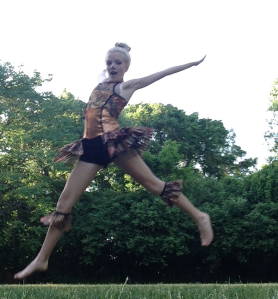
Object play involves the manipulation of objects such as playing with blocks, play dough or other toys. Object play serves as the mediating link between the brain and motor skills. Through playfulness and the manipulation of objects we learn not only the fine motor skills necessary for accurately moving our fingers and hands, but also problem solving skills as we work with our hands and create new things.
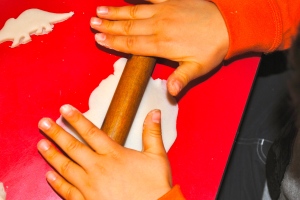
Social play occurs when we interact with others in our play and helps us develop feelings of belonging. Play is born by curiosity, powered by exploration and flourishes in a safe environment consisting of trust and reliable boundaries. According to Dr. Brown, social play is negotiated through our use of play signals: facial expressions, gestures, and vocalizations that communicate the rules and boundaries of play. These signals vary according to the developmental stage and maturity of the participants from something as simple as a questioning expression and laughter during a game of peek-a-boo with a baby to the complex structure and plot lines found in two five year olds playing house or reenacting their favorite book or movie.

Rough and Tumble Play should be encouraged in all preschool children as they engage in behavior that may sometimes appear chaotic and loud to adults. Rough and tumble play gives children the opportunity to try new things and push against boundaries in a playful manner. Dr. Brown believes that rough and tumble play plays an important role in teaching children self-regulation as well as cognitive, emotional and physical life skills.

Spectator-Ritual Play is the type of play that is most often seen throughout a human’s life span within the participation in and enjoyment of the arts and sports. Humans are designed to play throughout our lifetimes, and when we suppress the need to play we may become depressed. Dr. Brown identifies depression as the opposite of play as opposed to work. He defines Neotency as the retention of immature qualities throughout adulthood, which allows us to continue to be playful and adaptable. Dr. Brown hypothesizes that ongoing play may be important to human survival and offers as evidence a study of play deprived rats who lost the ability to take risks and explore.
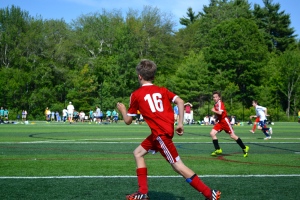
Imaginative Solo Play and Story Telling are two additional types of play mentioned by Dr. Brown as vital to language development and creativity.
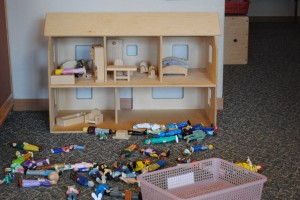
“Nothing lights up the brain like play!”
Children who are hooked up to EEGs while engaging in three dimensional play show significant brain activity in the cerebellum with impulses sent to the frontal lobe. Activation the frontal lobe indicates the development of Executive Function skills, or the ability to prioritize and make decisions. Other activity in the brain shown on the EEG provides evidence for contextual memory development through play.
Dr. Brown offers a compelling argument for the importance of and the need for continued research on play in his TED Talk that you can watch here.
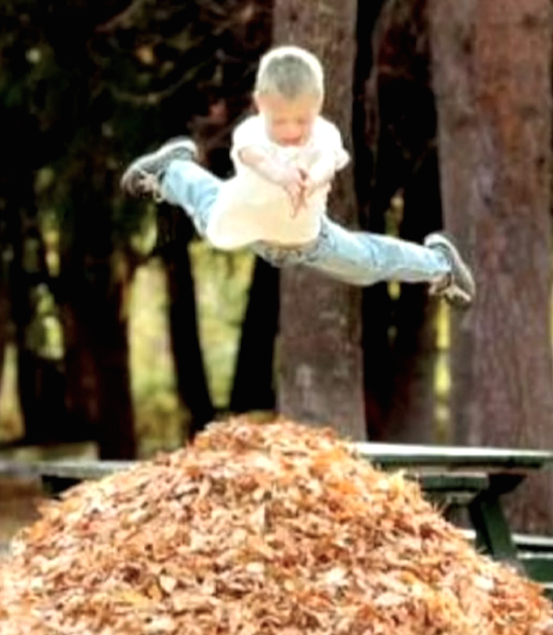
Leave a Reply